Anyone who works with data centers should not be surprised if data center IT spending exceeds $212 billion in 2022. These facilities, particularly the massive ones that process enormous amounts of data, are constantly looking for ways to protect their financial investments.
For some people, this entails implementing cutting-edge technology. And 800G optical transceivers are among the most cutting-edge technological advancements. What are the standards that go along with these transceivers, though, and what exactly are they?
We will address each of these queries here. You will have a much better understanding of what lies ahead.
800G Optical Transceivers
We must first discuss the specifics of 800G technology and how it relates to optical transceivers before we can move on. You can refer to our helpful guide here if you need a quick review of what an optical transceiver is. However, in essence, optical transceivers are data-sending and -receiving hardware components. How does this relate to 800G, the most recent technology that processes and transports quantities of data previously thought to be inconceivable?
These particular optical transceivers can take in eight billion bits per second. This is more than twice as many 400G optical transceivers, which were used in the previous generation.
The current 400G optical transceivers used by many data centers are more than adequate. In the end, 800G optical transceivers do represent this technology's future. Despite this, quite a few industry experts have already implemented 800G optical transceivers.
The majority of the thousands of new users are from North America. It doesn't specifically benefit any one industry.
Anyone needs their high-capacity connectivity to the fullest extent possible instead. This technology has already been used by the best data centers. We can anticipate a completely new wave of users to emerge in the upcoming years.
800G Standards
The Ethernet Technology Consortium, also known as the ETC, was instrumental in the standardization of the 800G Optical Transceiver. The complete document is available here if you'd like to view these standards. Why standardize anything, you might ask.
Two factors are involved. First off, it makes it simpler to reuse technology from the previous generation.
Further down the road, it greatly reduces the cost of the technology. And that's fortunate, given how expensive 800G optical transceivers are right now. But that will undoubtedly change as time goes on.
The distance 800G optical transceivers can travel without sacrificing the quality of the transmitted data is one of their most impressive features. 800G optical transceivers are starting to be used in education, cloud service providers, research, and content providers.
When Will the Switchover from 400G to 800G Transceivers Take Place?
Internet usage has increased more than ever. As a result, there is an increasing need for technology that can keep up with the demands for bandwidth.
Most experts agree that 400G will remain the standard well into 2023, but it's unclear when we'll start to see 800G transceivers become the new standard in data centers around the world. However, most predict that by 2025, the number of 800G transceivers will start to increase.
The demand for more bandwidth and a sharp decline in the cost of the technology are likely to occur at the same time.
Cabling Solutions for 800G Network
It may be difficult to locate individuals who are knowledgeable about properly cabling an 800G optical network. The truth is that there is a severe lack of construction workers who are capable of setting up even the most basic optical network.
Finding one that can handle the most recent technological advancement will therefore be difficult. Finding a business that stays current with this kind of new technology is crucial, for this reason.
When it comes to CandC Technology, for instance, it can be of assistance. Designing and putting into place configurations that maximize data center efficiency is our area of expertise.
You can see that the new standard won't be established for 800G optical transceivers for a few more years. However, as demand grows, you can anticipate hearing a lot more about this technology in relation to data centers.
This is because, at the same distance, these transceivers have the potential to perform tasks that more than quadruple the capabilities of the available technology. These types of transceivers are now useful in some locations.
However, it will probably take another three to five years before they become incredibly commonplace. Remember that the technology is still accessible if you're interested in it. However, it'll probably require a sizable investment for your data center.

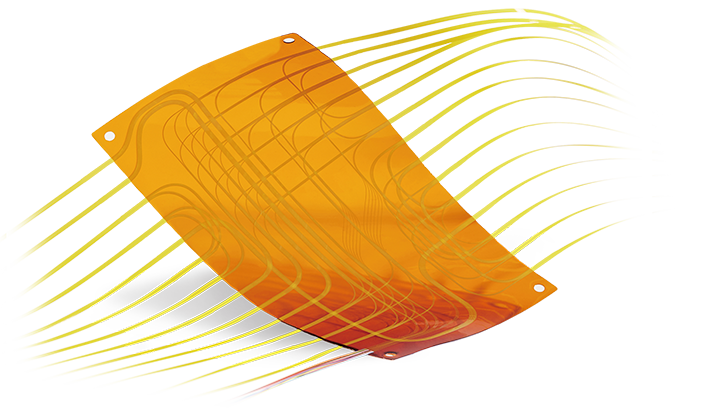 Fiber Optic Flex Circuit (FOFC)
Advanced Simulation & Optimization, High Positioning Accuracy, Flexible Customization, Rigorous Reliability Testing
Fiber Optic Flex Circuit (FOFC)
Advanced Simulation & Optimization, High Positioning Accuracy, Flexible Customization, Rigorous Reliability Testing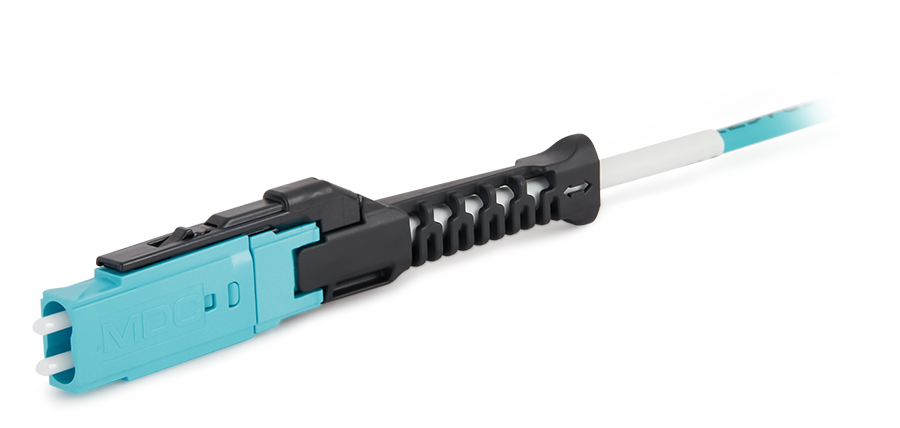 MDC Solution
US Conec's MDC connector is a Very Small Form Factor (VSFF) duplex optical connector, expertly designed for terminating single-mode and multimode fiber cables with diameters up to 2.0mm.
MDC Solution
US Conec's MDC connector is a Very Small Form Factor (VSFF) duplex optical connector, expertly designed for terminating single-mode and multimode fiber cables with diameters up to 2.0mm.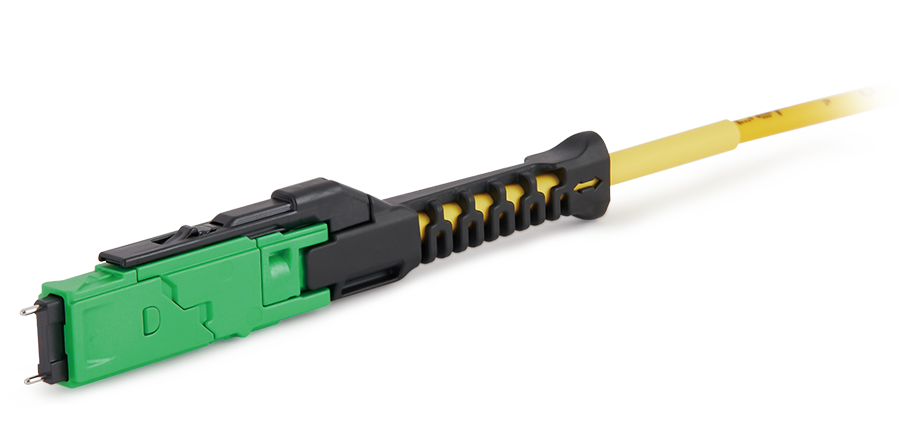 MMC Solution
US Conec's Very Small Form Factor (VSFF) multi-fiber optical connector that redefines high-density connectivity with its cutting-edge TMT ferrule technology and intuitive Direct-Conec™ push-pull boot design.
MMC Solution
US Conec's Very Small Form Factor (VSFF) multi-fiber optical connector that redefines high-density connectivity with its cutting-edge TMT ferrule technology and intuitive Direct-Conec™ push-pull boot design. EN
EN
 jp
jp  fr
fr  es
es  it
it  ru
ru  pt
pt  ar
ar  el
el  nl
nl 

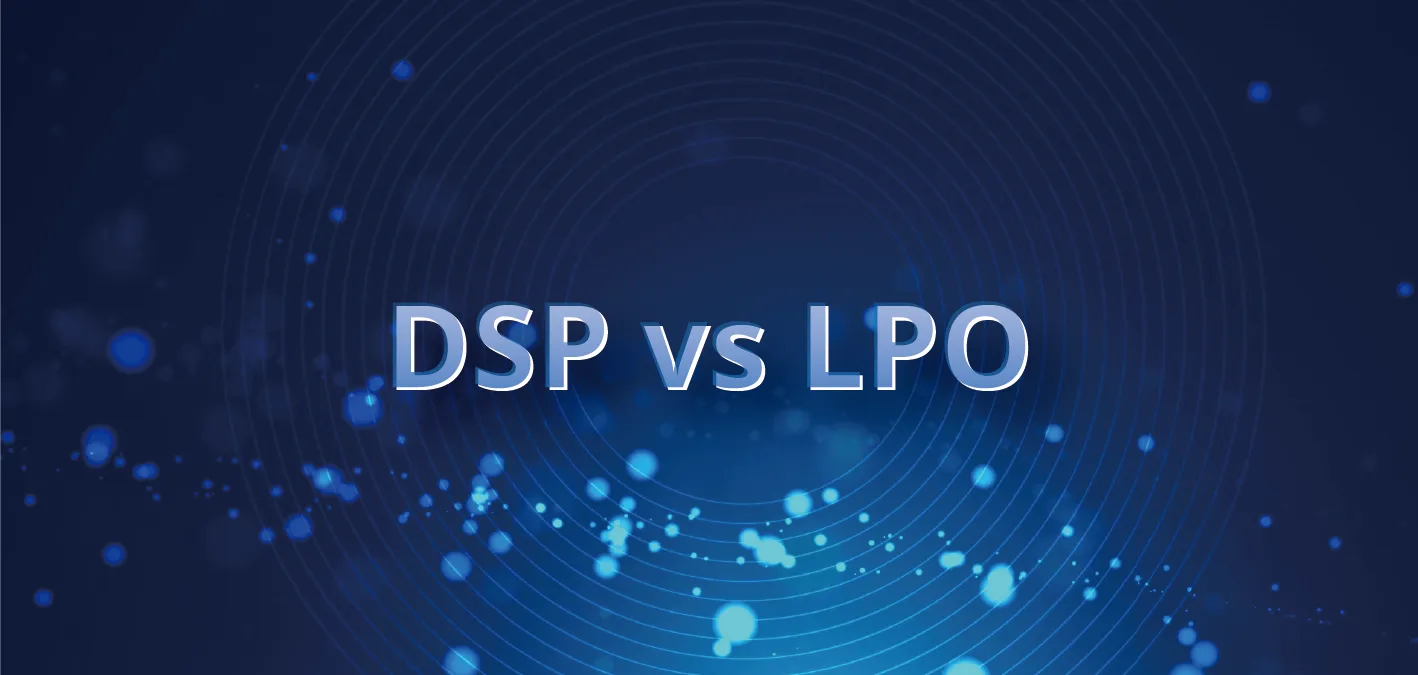
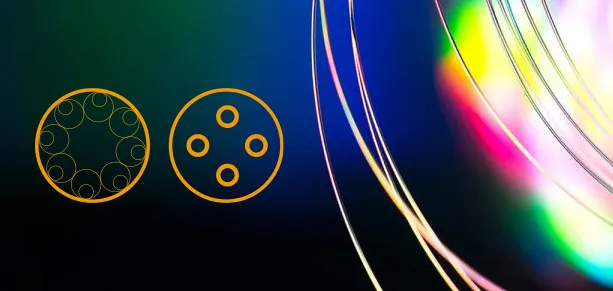
_and_High-Reflection_(HR)_Optical_Coatings.webp)
